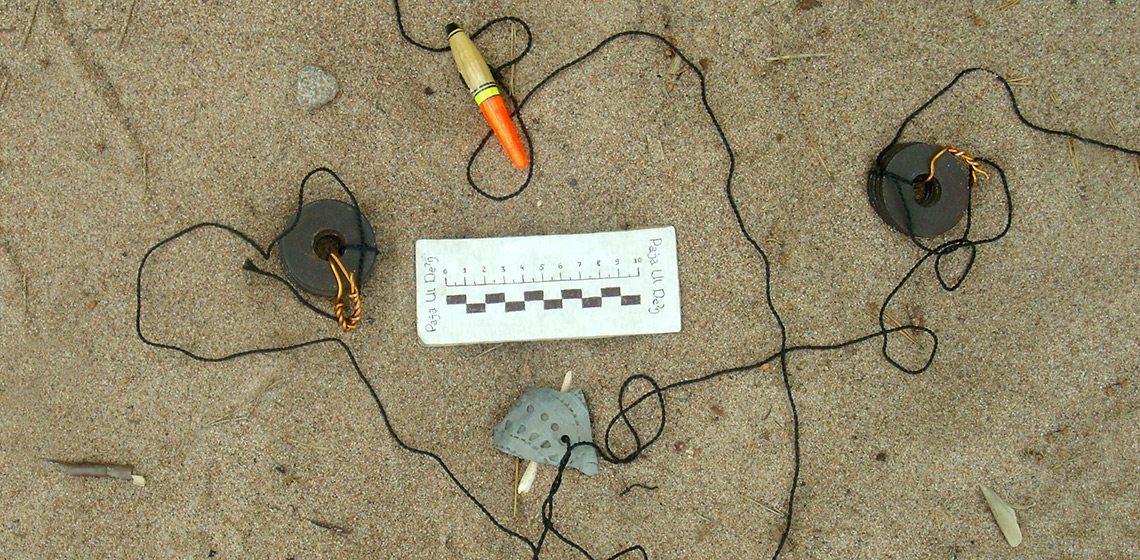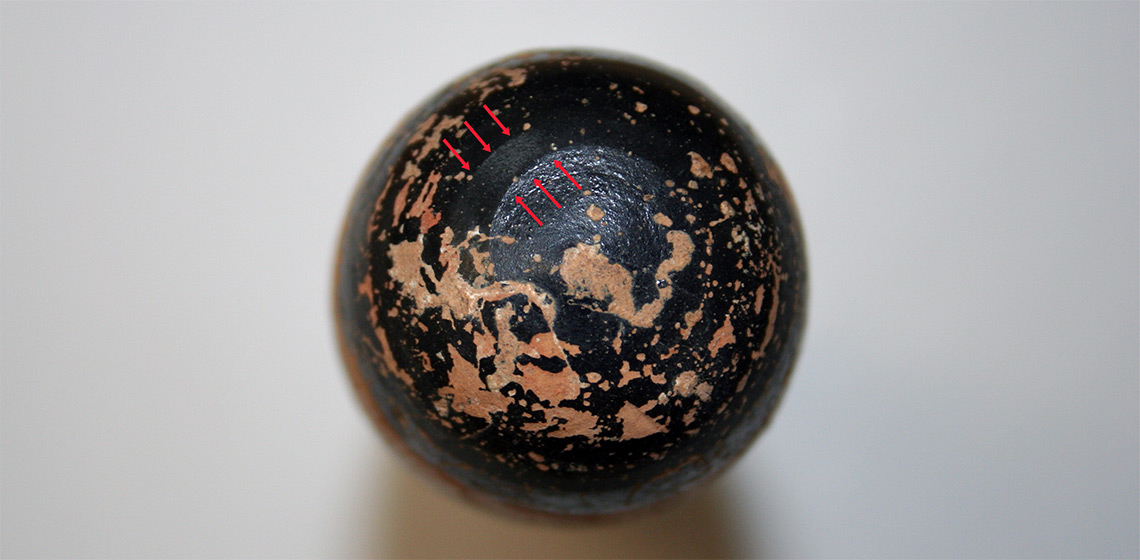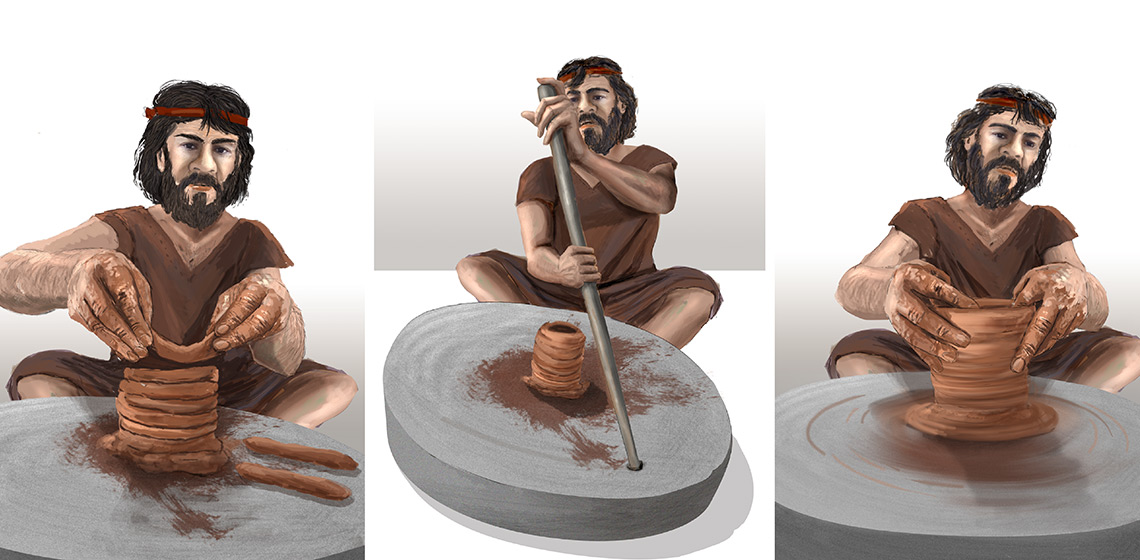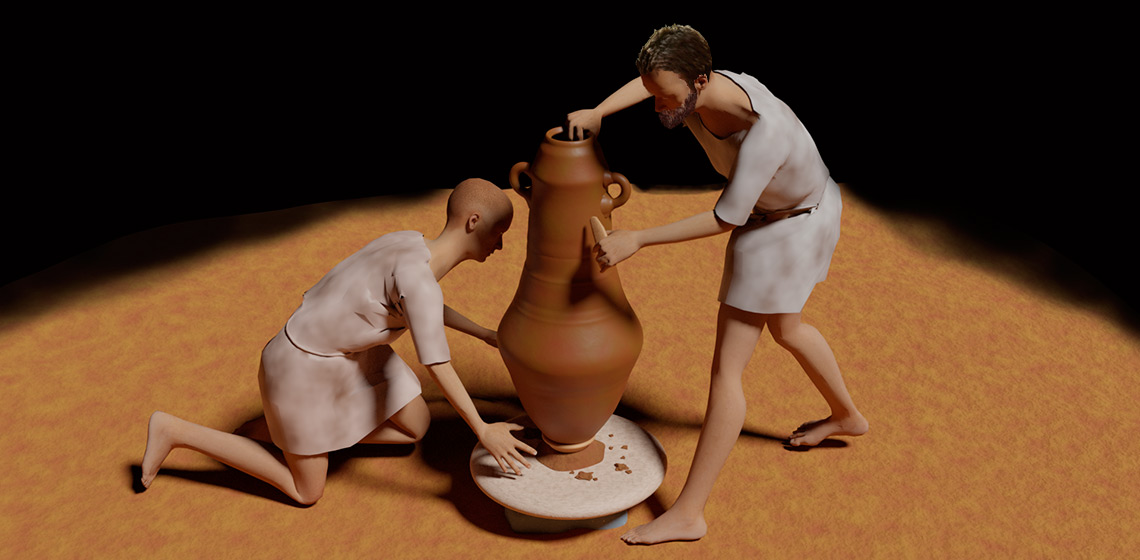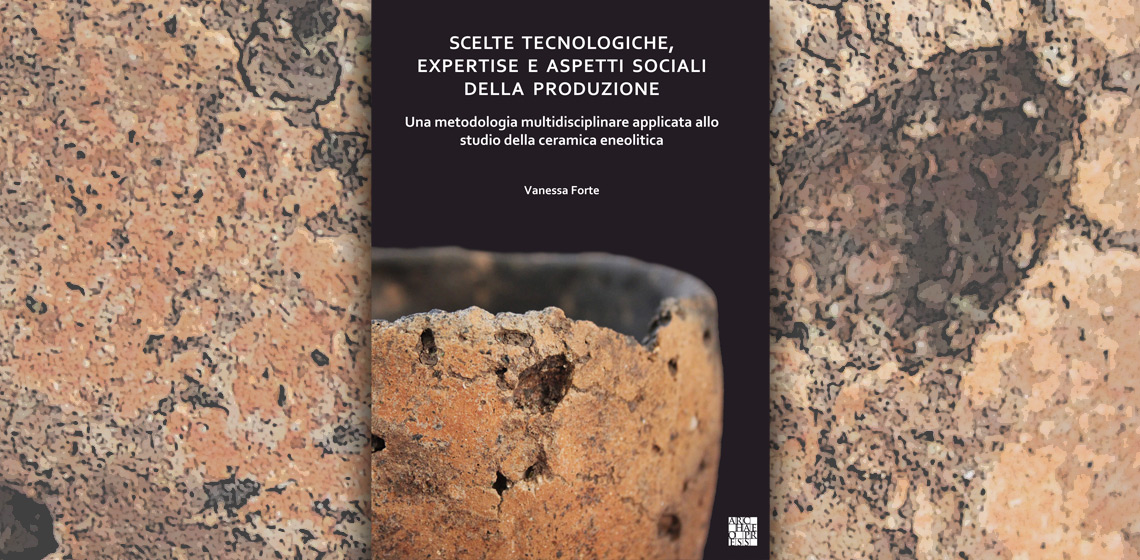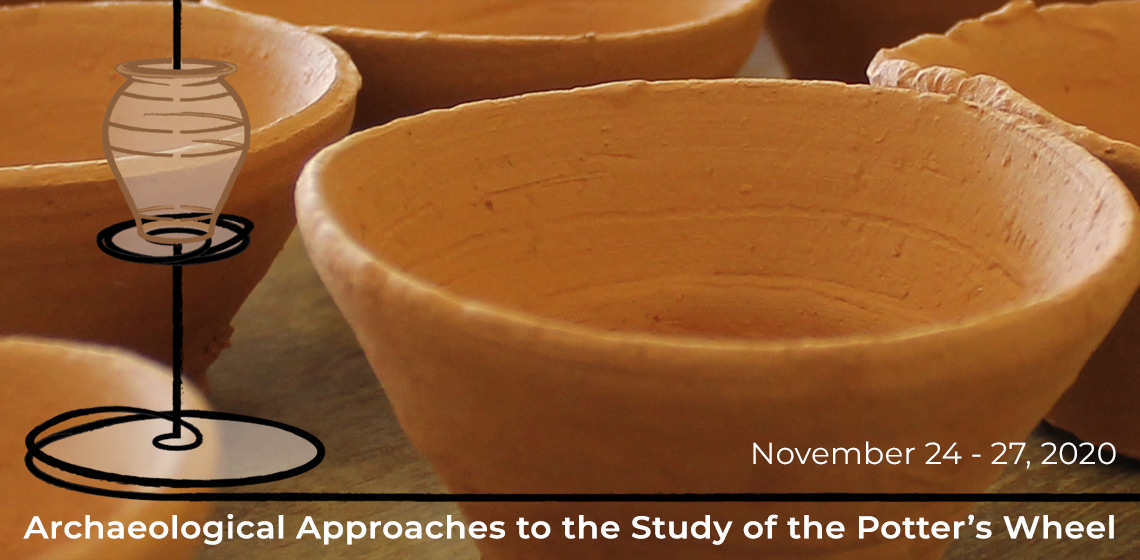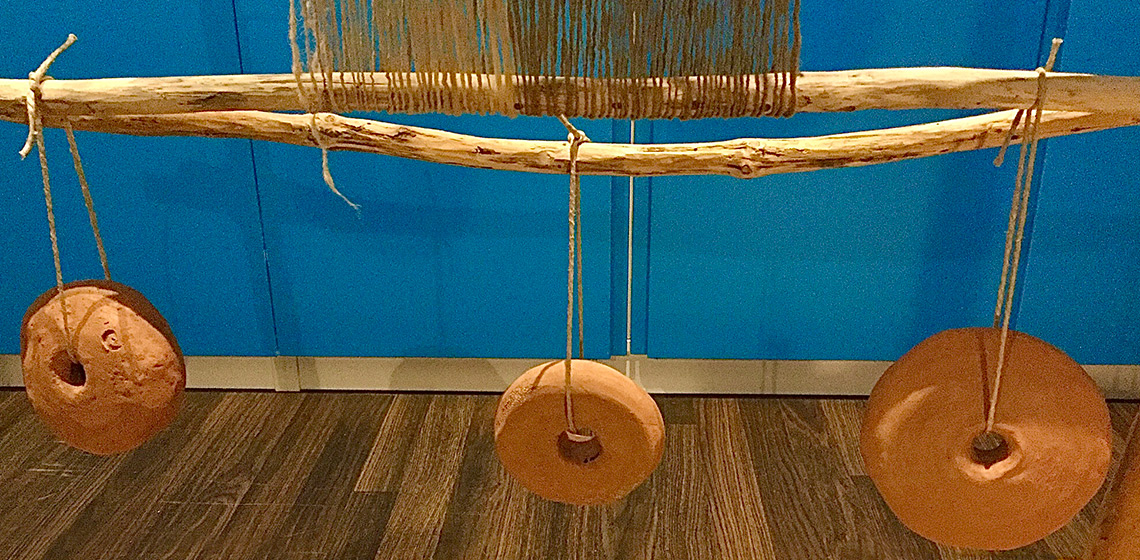ceramics
Preliminary Observations of Potsherds Rounding in the Estuary of the Morye River – an Analog of Paleo-Okhta
Publication Date
One of the arguments proposed for interpreting the Neolithic site of Okhta as a settlement is the fact that potsherds found upon the site show no signs of rounding. Interpretation of the site as a settlement correlates poorly with the geological data, which suggests that, in the Neolithic period, the site was the bottom of a shallow bay of the Littorina Sea into which Paleo-Okhta and Paleo-Tosna flowed...
Assessing Forming Techniques of Athenian Ceramic Alabastra
Publication Date
Athenian black-figure and red-figure vases have not been the subject of many studies specifically devoted to vase-forming techniques, since researchers have primarily focused on their decoration. The study of the Attic alabastron, a perfume vase shape produced in Athens between the middle of the sixth century and...
Some Reflections on the Origin and Use of the Potter's Wheel during the Iron Age in the Iberian Peninsula. Interpretive Possibilities and Limitations
Publication Date
An abundance of past research has addressed Iron Age pottery in the Iberian Peninsula since the beginning of archaeological analysis in Spain. However, it has mainly focused on examining historical-cultural aspects linked to specific chronologies and typologies. It is only rarely that studies have been concerned with production processes. Ethnography has traditionally been used to make direct ...
Identifying Ceramic Shaping Techniques: Experimental Results Using the Inclusion and Void Orientation Method
Publication Date
This contribution presents the results of experiments using a simple but effective inclusion and void orientation method for identifying shaping techniques on cut and scanned vessels and sherds. Not only does it provide an additional line of complementary evidence for differentiating ceramic chaînes opératoires, but we argue that it offers observations not accessible by other imaging methods and scales of analysis...
Throwing Punic Amphorae: An Archaeological and Experimental Approach to the use of the Potter's Wheel in southern Iberia during the Iron Age
Publication Date
The transport of food products in amphorae was a basic pillar for the maritime-oriented economies and sustenance supplies of the Phoenician and Punic communities of first millennium BC southern Iberia. Over the last few decades, numerous investigations have been carried out aimed at identifying the manufacturing sites of these amphorae, at defining both their typological and chronological aspects...
Book Review: Scelte Tecnologiche, Expertise e Aspetti Sociali della Produzione. Una Metodologia Multidisciplinare Applicata allo Studio della Ceramica Eneolitica by Vanessa Forte
Publication Date
This book is a welcome addition to the bookshelf of Italian archaeologists interested in Prehistory and will certainly be of great use to those who are trying to gain a good understanding of pottery technology. Written in Italian, it is one of the few books in this language dealing with ceramic technology and the social aspects of the production by presenting, as a case study, the Copper Age domestic and ...
Conference Review: Archaeological Approaches to the Study of the Potter’s Wheel, November 2020, via Discord and YouTube
Publication Date
‘Archaeological Approaches to the Study of the Potter’s Wheel’ was a virtual conference hosted on EXARC’s Discord server and YouTube channel from November 24th to 27th of 2020, organised by Dr Caroline Jeffra, Dr Richard Thér, Chase Minos and Dr Roeland Paardekooper. Similar to many conferences affected by COVID-19 restrictions, its initial venue location in Amsterdam, Netherlands was not possible...
An Experiment with the Warp-weighted Loom and Heavy Loom Weights. The Case of the Giant Refractory Ceramic “Doughnuts” from North Piedmont, Italy
Publication Date
Heavy, doughnut-shaped, loom weights made of refractory clay are often found in excavations of Roman and Late Roman settlements in North Piedmont. Unfortunately, they are not found in situ with a weaving loom. We have interpreted them as having been specifically designed for use on a warp weighted loom with a lower mobile beam which is weighed down by a few heavy loom weights...
Crafting Beyond Habitual Practices: Assessing the Production of a House Urn from Iron Age Central Italy
Publication Date
A house-shaped urn dating to the Early Iron Age from Central Italy was technologically assessed in order to establish the forming techniques necessary to produce it. This hypothesized forming sequence was then tested through the production of two experimental urns. It was found that there is a meaningful relationship between the clay texture choices, the forming techniques, and the overall morphology of the finished object...
The Development of the 1st Cultural Exchange of Traditional Knowledge and Experimental Practices of the Peruaçu River Basin
Publication Date
Located in the North of Minas Gerais the Peruaçu National Park’s contains much of the fauna and flora of the second most devastated biome in Brazil, the Cerrado. The Park also incorporates geological formations and one of the most important archaeological sites from the state: rock paintings made by ancient indigenous groups dated 12,000 BP. Twenty-one years after the creation of this natural conservation unit, nature is no longer in danger...

